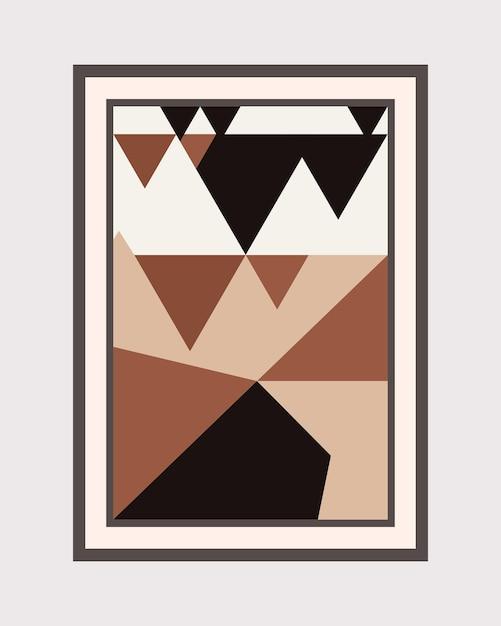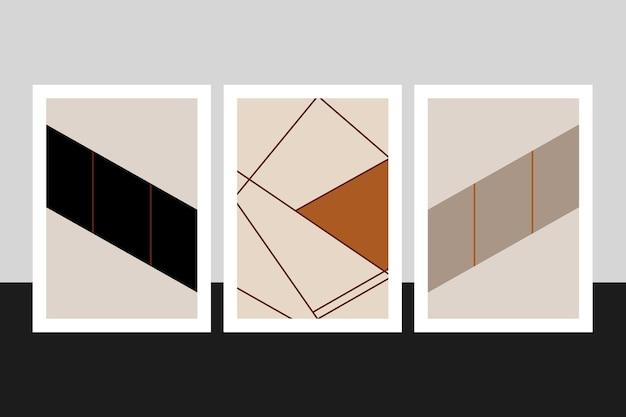Welcome to the world of reversible figure-ground! Have you ever stared at an image or design and felt compelled to see it differently? You’re not alone. In the fascinating realm of visual perception, our minds engage in a delicate dance, constantly interpreting what is a figure and what is the ground. But what exactly is reversible figure-ground, and why does it matter?
In this blog post, we’ll delve into the concept of reversible figure-ground and explore its significance in the fields of design, psychology, and everyday life. We’ll unravel the mysteries behind figure-ground laws and their role in shaping our perception. From the law of continuation to figure-ground contrast, we’ll unravel the building blocks that govern how we make sense of the world visually.
So, grab a cup of coffee, put on your thinking cap, and join us on this enlightening journey as we uncover the secrets of reversible figure-ground. By the end, you’ll not only have a deeper understanding of perception but also some practical insights into how to create compelling visual experiences. Let’s dive in!

What is Reversible Figure-Ground?
Reversible figure-ground is a fascinating visual phenomenon that plays tricks on our perception, making us question what we see. It’s like that friend who always messes with your mind just for laughs. In simple terms, it’s when you can’t make up your mind about whether the shape you’re looking at is the main object (figure) or the background.
Why Can’t My Brain Make Up Its Mind
Well, blame it on your brain’s love for ambiguity and mischief. Our brains are wired to make sense of the world around us, and when faced with ambiguous visual input, it’s like a mental tug-of-war begins. It’s as if your brain is saying, “Is it a bird? Is it a plane? No, it’s a mind-bending optical illusion!”
Seeing the Shape-Shifting in Action
To experience the wonder of reversible figure-ground firsthand, check out the famous Rubin’s vase illusion. This optical illusion bamboozles your brain with an image that can be perceived as either a vase or two faces. It’s like those tricky illusions that leave you scratching your head and questioning reality.
But How Does It Work
When you gaze upon a reversible figure-ground illusion, your brain struggles to decide which visual elements should be considered the figure (the main subject) and which should be the background. The interesting part is that your brain can switch back and forth between the two interpretations, leaving you feeling a little bit like a confused chameleon.
Your Brain’s Hidden Interpretation Powers
Now, here’s where it gets really interesting. The way you perceive the reversible figure-ground illusion reveals something amazing about your brain’s interpretation powers. Some people may naturally see the figure as dominant, while others see the background as dominant. It’s like a battle between two factions in your brain, each fighting for visual supremacy.
So, What Does It All Mean
Reversible figure-ground illusions may seem like quirky mind games, but they actually shed light on how our brains interpret visual information. They teach us that perception is not a fixed, objective reality, but rather a subjective experience influenced by our brains’ interpretation of the world. In other words, don’t be too quick to trust your eyes—sometimes they’re playing tricks on you just for kicks!
Embrace the Mind-Bending Madness
So, next time your brain is having a tug-of-war over a reversible figure-ground illusion, embrace the madness. Take a moment to appreciate the complexity of perception and the delightful quirks of your own brain. And hey, maybe you can even use it as an excuse when you accidentally mistake your friend for a potted plant. Just blame it on the reversible figure-ground madness!

FAQs: Understanding Reversible Figure-Ground in Design
What is Figure-Ground Law
The Figure-Ground Law refers to a fundamental principle in visual perception that helps us differentiate between objects (figures) and their surrounding background (ground). It helps our brains assign meaning to what we see and make sense of our visual environment.
What is Figure-Ground in Design
In design, figure-ground relates to the concept of creating visual hierarchy and emphasis. It involves using contrasting elements to distinguish the main subject (figure) from the background (ground). By manipulating the figure-ground relationship, designers can effectively guide the viewer’s attention and create visually engaging compositions.
What is the Law of Continuation
The Law of Continuation, a.k.a. the principle of good continuation, implies that our brains naturally tend to perceive continuous and smooth patterns rather than abrupt visual interruptions. It suggests that elements that appear to be aligned or forming a flowing line are more likely to be perceived as related and, therefore, are grouped together.
What is Good Continuation
Good continuation refers to our inclination to perceive smooth, continuous lines or curves as unified entities. This principle allows designers to utilize flowing lines and curves to direct the viewer’s eye within a composition, leading to a more pleasing and cohesive design.
What is Figure-Ground Discrimination
Figure-ground discrimination is the ability of our visual system to distinguish an object (figure) from its surrounding background (ground). By perceiving and categorizing these contrasting elements, our brains can recognize and make sense of the objects in our visual field.
What is Figure-Ground Contrast
Figure-ground contrast refers to the degree of visual difference between an object (figure) and its background (ground). High contrast between the figure and the ground strengthens the visual separation, making the figure more prominent and easily distinguishable.
What is Reversible Figure-Ground
Reversible figure-ground occurs when the relationship between the figure and the ground in an image can be perceived in multiple ways. It refers to optical illusions where the figure and the ground can be mentally switched, causing the viewer to perceive alternative interpretations of the image.
Why is Figure Ground Important
Understanding figure-ground is crucial in design as it aids in creating impactful and visually engaging compositions. By manipulating the figure-ground relationship, designers can emphasize key elements, create depth, and guide the viewer’s attention within a design. It helps in communicating a message effectively and evokes the desired emotional response.
How Do You Make a Figure-Ground
To create an effective figure-ground relationship, consider the following techniques:
-
Contrasting Colors: Use colors that stand out from the background to achieve visual separation between figure and ground.
-
Size and Scale: Experiment with different sizes and proportions to make the figure visually dominant.
-
Whitespace: Utilize ample whitespace around the figure to accentuate its importance and make it stand out.
-
Negative Space: Skillfully leverage negative space to define the figure and create a strong figure-ground contrast.
-
Texture and Patterns: Employ contrasting textures or patterns on the figure and the ground to enhance differentiation.
Remember, the key is to strike a balance between figure and ground by utilizing various design elements to achieve the desired visual impact.
So there you have it, a comprehensive FAQ-style guide on the intriguing topic of reversible figure-ground. Understanding these principles of visual perception and design can help you create captivating and visually powerful compositions.
